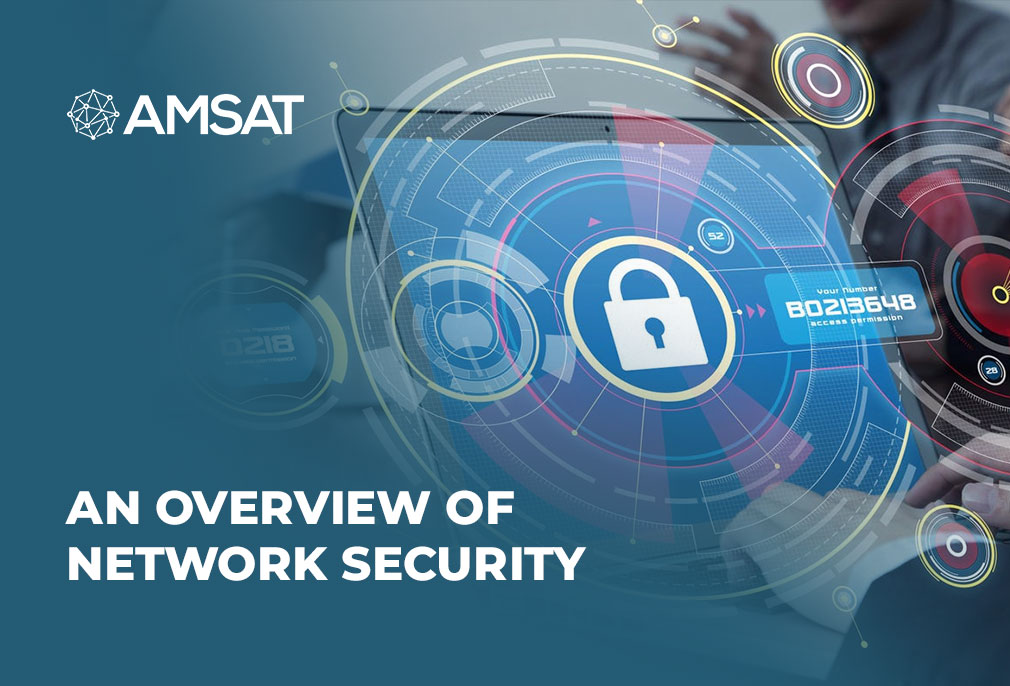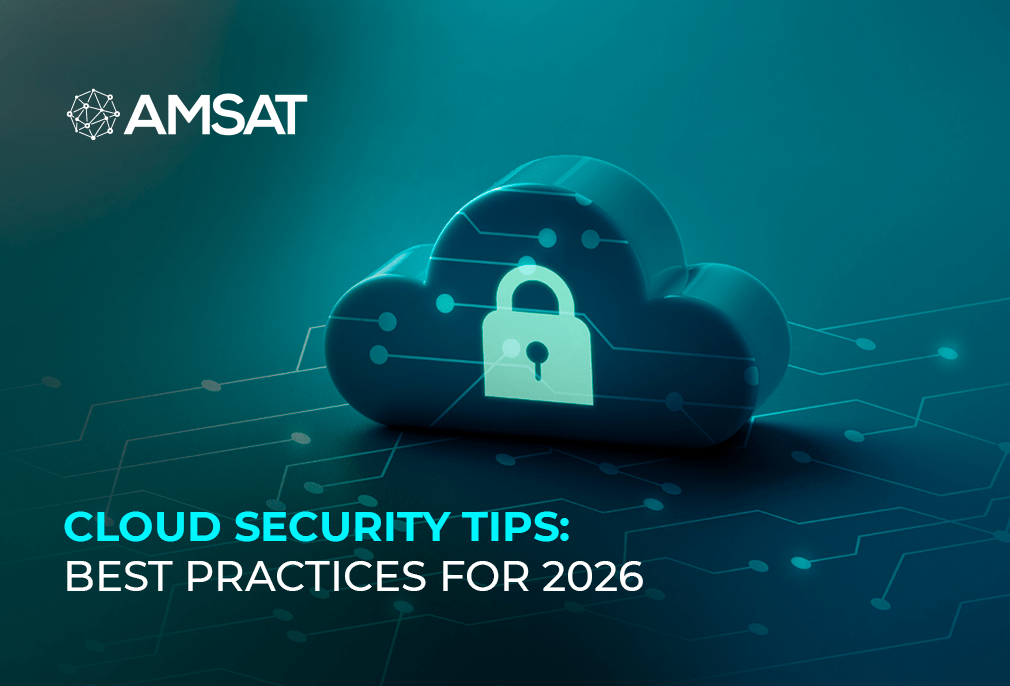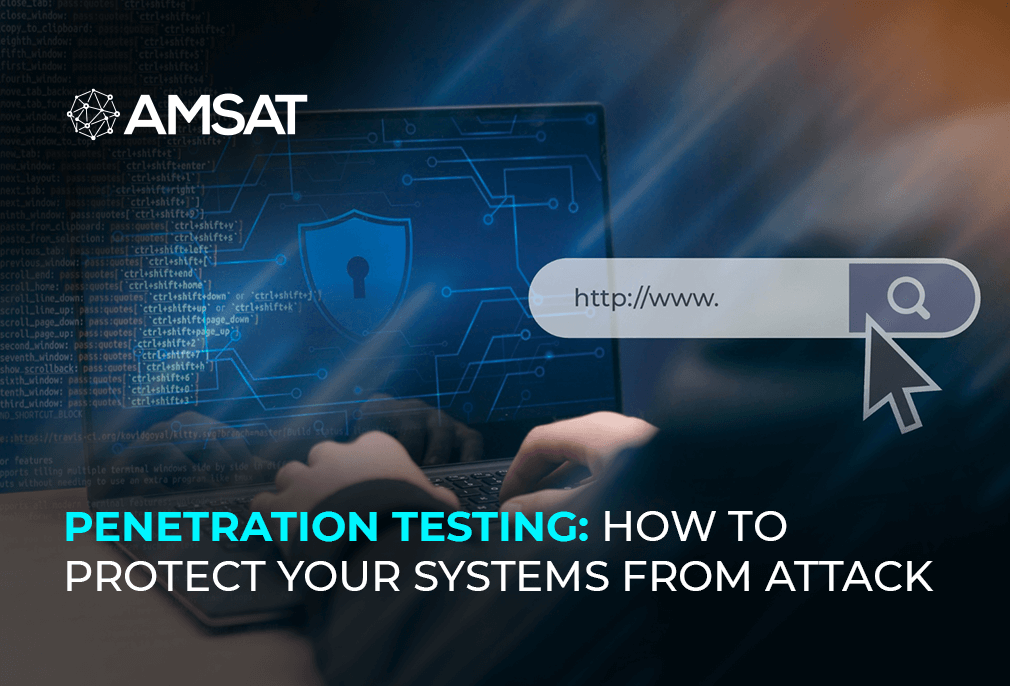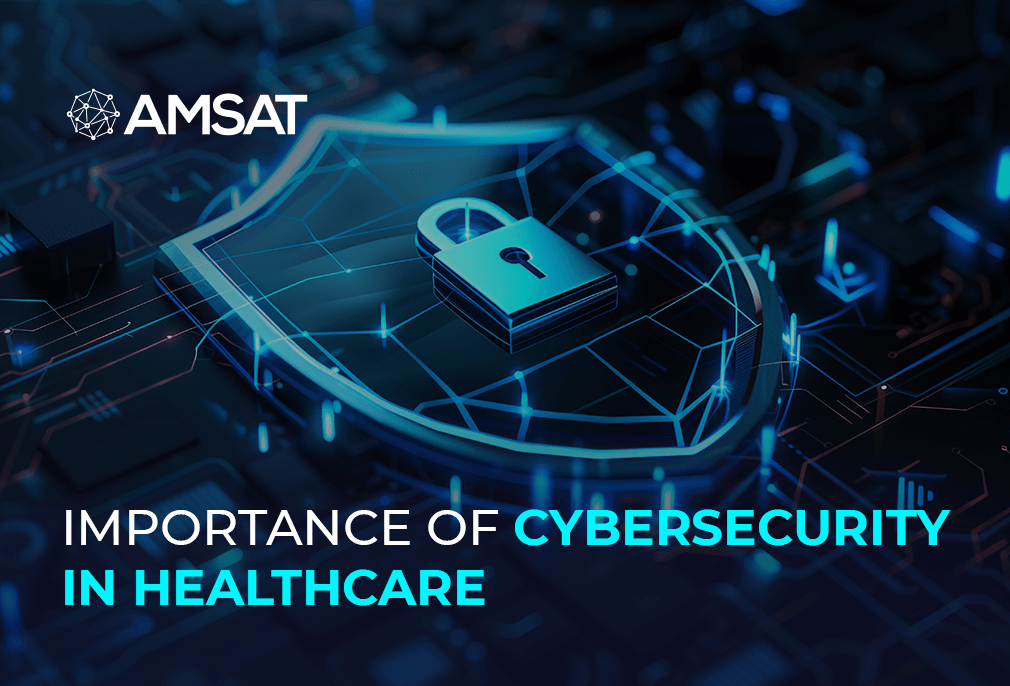Latest Blogs
By AMSAT Jan 20,2022
Dealing with cyber-threat: a complex challenge

The term “network security” refers to a wide range of technology, devices, and processes. Most essentially, it is a set of rules and configurations that use both software and hardware technologies to secure the integrity, privacy, and accessibility of computer networks and data. Every organization, irrespective of size, area, or infrastructure, needs network security solutions to defend itself from the potential threat of cyber threats that have become a norm in today’s precarious business milieu.
Today’s network architecture is multifaceted, and it must deal with a constantly changing threat environment and threat actors who are constantly looking for and exploiting flaws. These flaws can be found in a variety of places, including devices, data, apps, users, and geographic locations. Consequently, a slew of network security management tools and apps are being used to address specific threats and exploits, as well as regulatory non-compliance. When even a few minutes of outage may cause widespread inconvenience and significant damage to a company’s financial line and reputation, these safeguards must be in place.
How does network security work?
When it comes to network security in an organization, there are several layers to consider. Since attacks can take place at any layer of the network security layers model, your network security hardware, software, and rules must be built to encompass all of them.
Physical, technological, and organizational controls are the most common types of network security controls. The key methods of network security and how each control works are described briefly below.
Physical Network Security
Unauthorized personnel gaining physical access to network components such as routers, cabling cabinets, and so on is prevented by physical security mechanisms. In any organization, controlled access, such as locks, biometric authentication, and other devices, is critical.
Technical Network Security
Data that is stored on the network or that is in transit across, into, or out of the network is protected by technical security mechanisms. It is necessary to protect data and systems from unauthorized personnel as well as malicious activity by staff.
Administrative Network Security
Security rules and processes that manage user behavior, such as how users are verified, their level of access, and how IT staff members apply changes to the infrastructure, are referred to as administrative security controls.
Types of network security
We’ve discussed the many types of network security controls. Now let’s look at some of the various methods for securing your network.
Network Access Control
Comprehensive access control policies for both people and devices are required to ensure that potential attackers cannot infiltrate your network. Network access control (NAC) can be configured to the nth degree. You may, for example, give administrators complete network access but prohibit them access to certain confidential folders or prevent their personal devices from connecting to the network.
Antivirus and Antimalware Software
Viruses, ransomware, worms, and trojans are all examples of dangerous software that antivirus and antimalware software protect against. The finest program not only scans files when they first connect to the network, but also scans and tracks them over time.
Firewall Safety
True to their name, firewalls operate as a barrier between untrusted external networks and your trusted internal network. Typically, administrators put up a set of established rules that prohibit or allow traffic onto the network.
Virtual Private Networks
Virtual private networks (VPNs) establish a network connection from a remote endpoint or location. Users working from home, for example, would normally connect to the company’s network over a VPN. Data between the two places is encrypted, and the user must authenticate in order for their device to communicate with the network.
TAGS
- Security Updates
- Network Security
Recent Blogs
Ready to Get Started?
Our specialists are ready to tailor our security service solutions to fit the needs of your organization.










